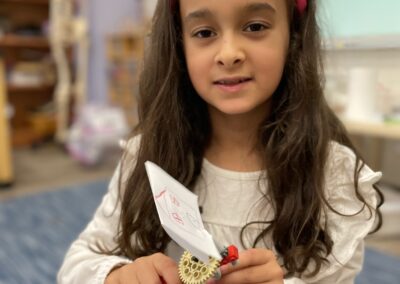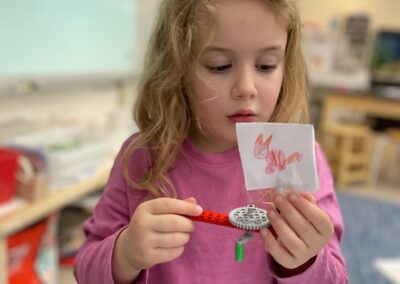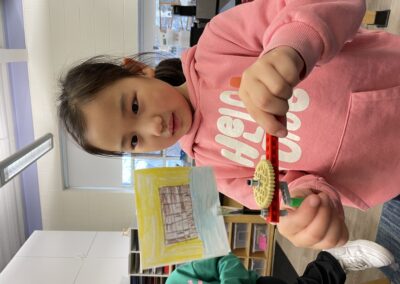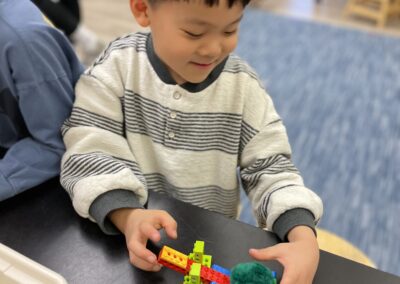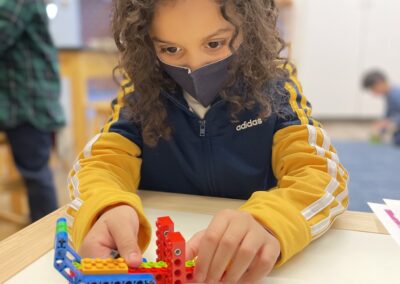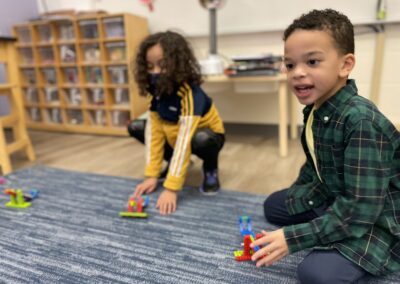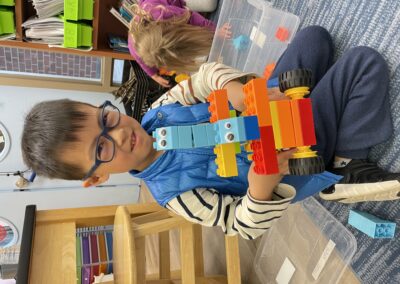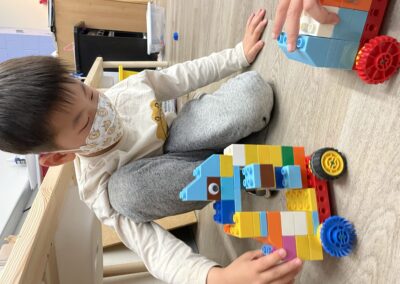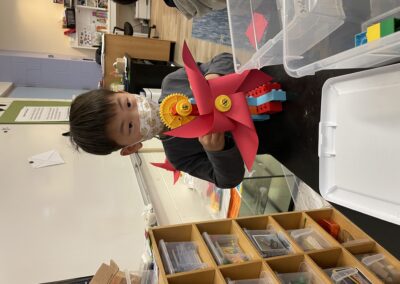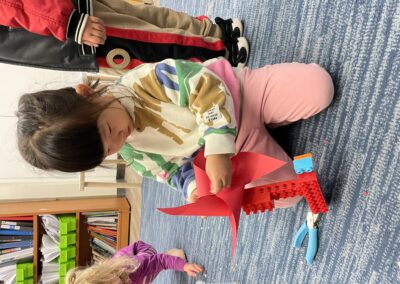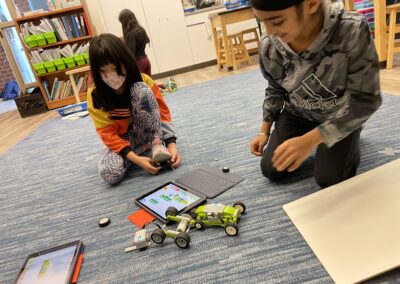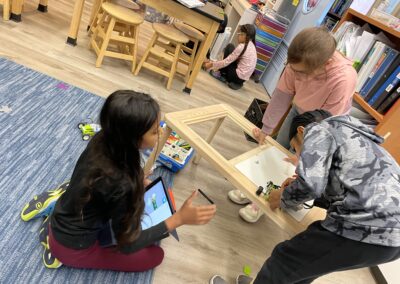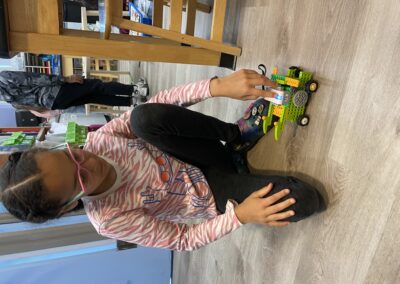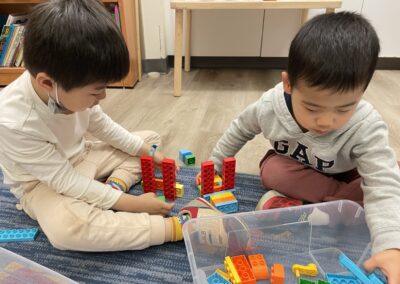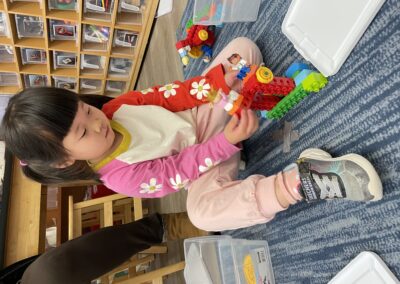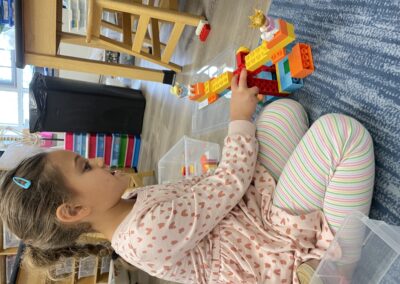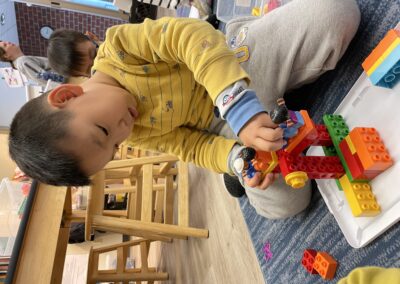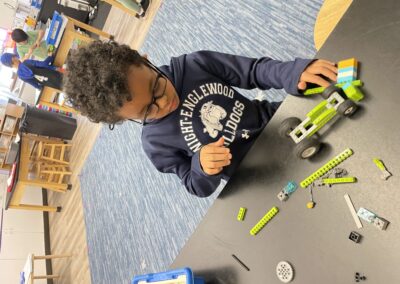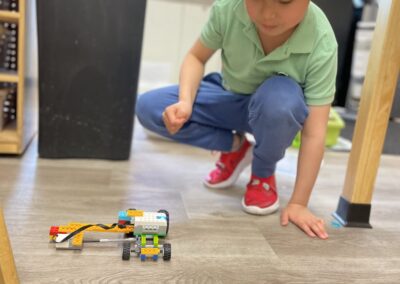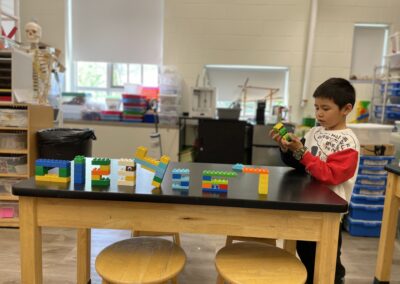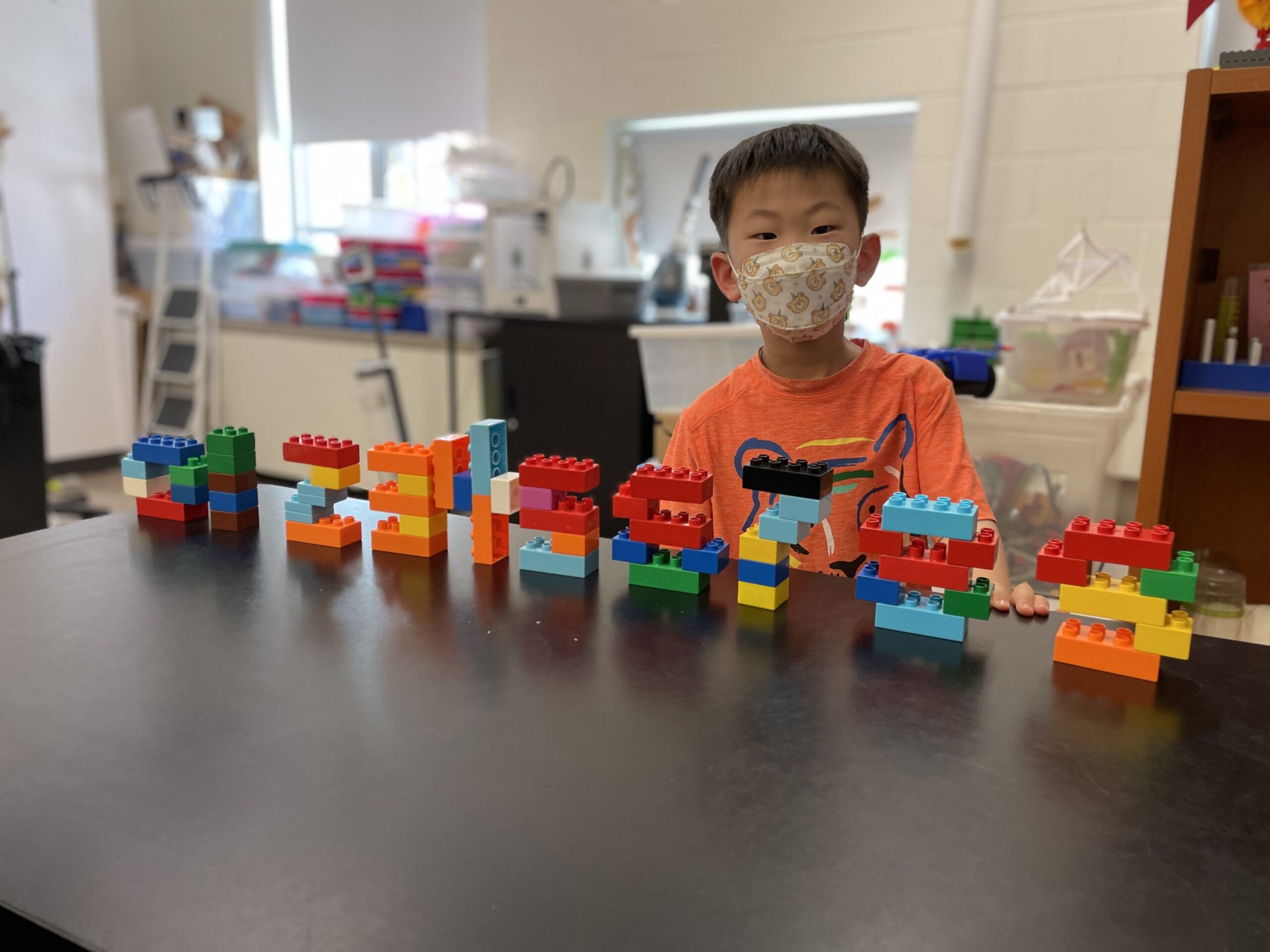
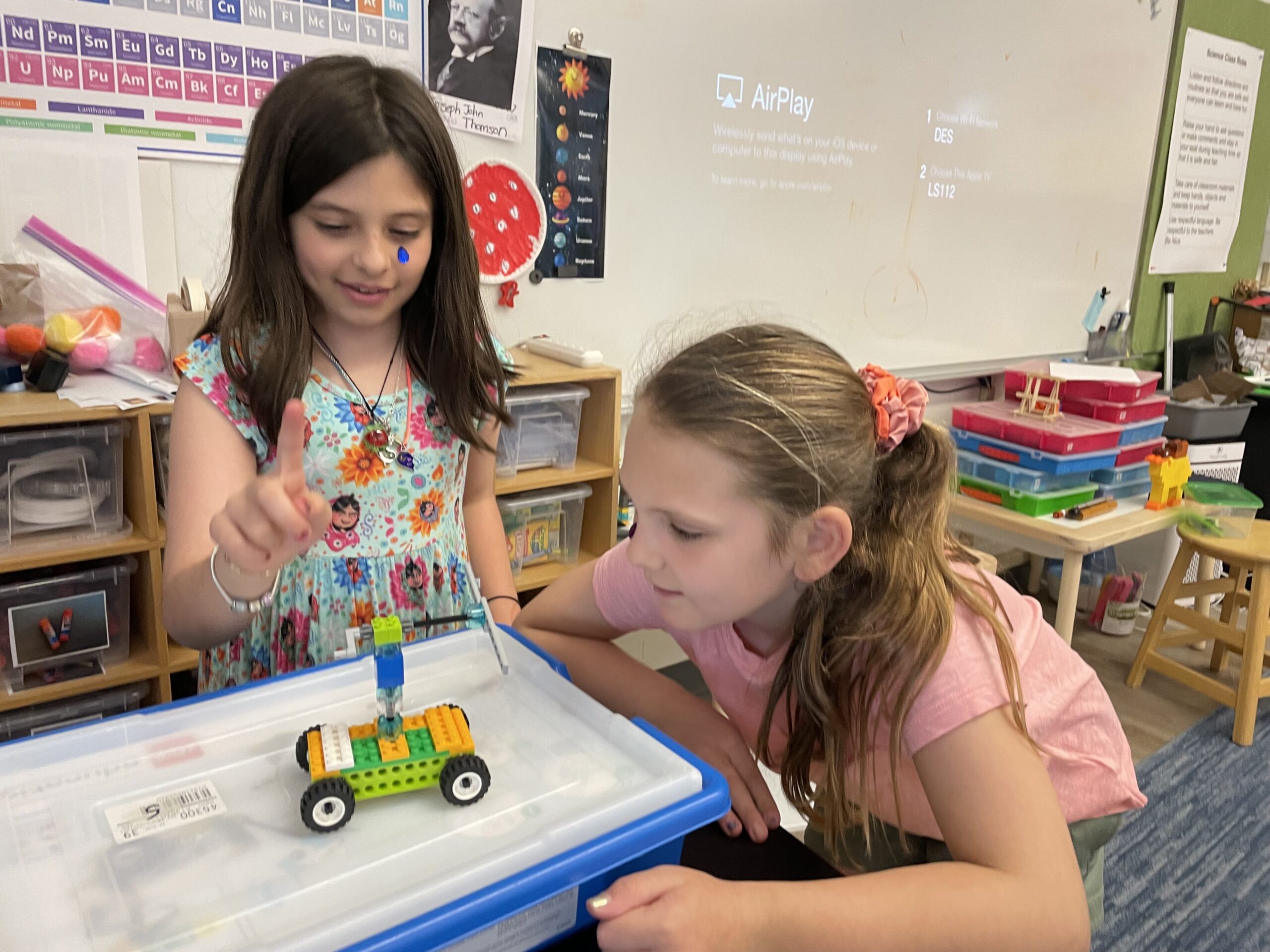
Terms like artificial intelligence, robotics, and computer programming have become commonplace. As parents, you may find your children coming home excitedly sharing their experiences with LEGO, robotics, Kodable, and computer programming at school. We are excited to share more about what students are learning and doing in these areas in science and STEM classes with a focus on the world of robotics.
The field of Robotics is organized around four domains. The four domains are
- Mechanics: design, construction, and operation of the physical components of a robot
- Power: providing the energy required to operate the robot
- Sensors: providing the robot with the ability to sense and interpret its environment
- Control: programming that enables the robot to perform its tasks
These four domains are introduced to students in various ways at different ages.
Preschool 3 and Preschool 4: Young inventors focus more in the mechanics domain, learning about how things work by playing and tinkering. Lego Duplo is used for students to build. They explore the concepts of axles and wheels, levers, and gears as they create seesaws, cars, trucks, and other mechanisms.
Kindergarten and First Grade: Students are introduced to the mechanics domain and basic programming concepts. We use the bones and joints of the human body as a way to understand structure and how different components work together.
Second Grade: Students dive deeper into the mechanics domain, expanding their knowledge with a focus on forces and motion. They move beyond simple observations and begin exploring the cause and effect relationship of various forces, as well as how different variables can manipulate these forces.
Third Grade: We focus on structure and function with increasing complexity. Students compare and contrast the similarities and differences in the structures they build, deepening their understanding of engineering principles. Students practice using Scratch to model biological processes, allowing them to explore the control aspect of robotics and understand how programming can simulate and regulate complex systems.
Through these dynamic learning opportunities in the science class, STEM class, and robotics club, students gain hands-on experience in mechanics, programming, and teamwork. They develop critical thinking skills, foster creativity, and refine their problem-solving abilities. By actively engaging in the process of building and programming robots, students are inspired to explore the vast possibilities of robotics and continue their journey as budding engineers and innovators. Stay tuned for part 2 which will describe work in fourth and fifth grades.

